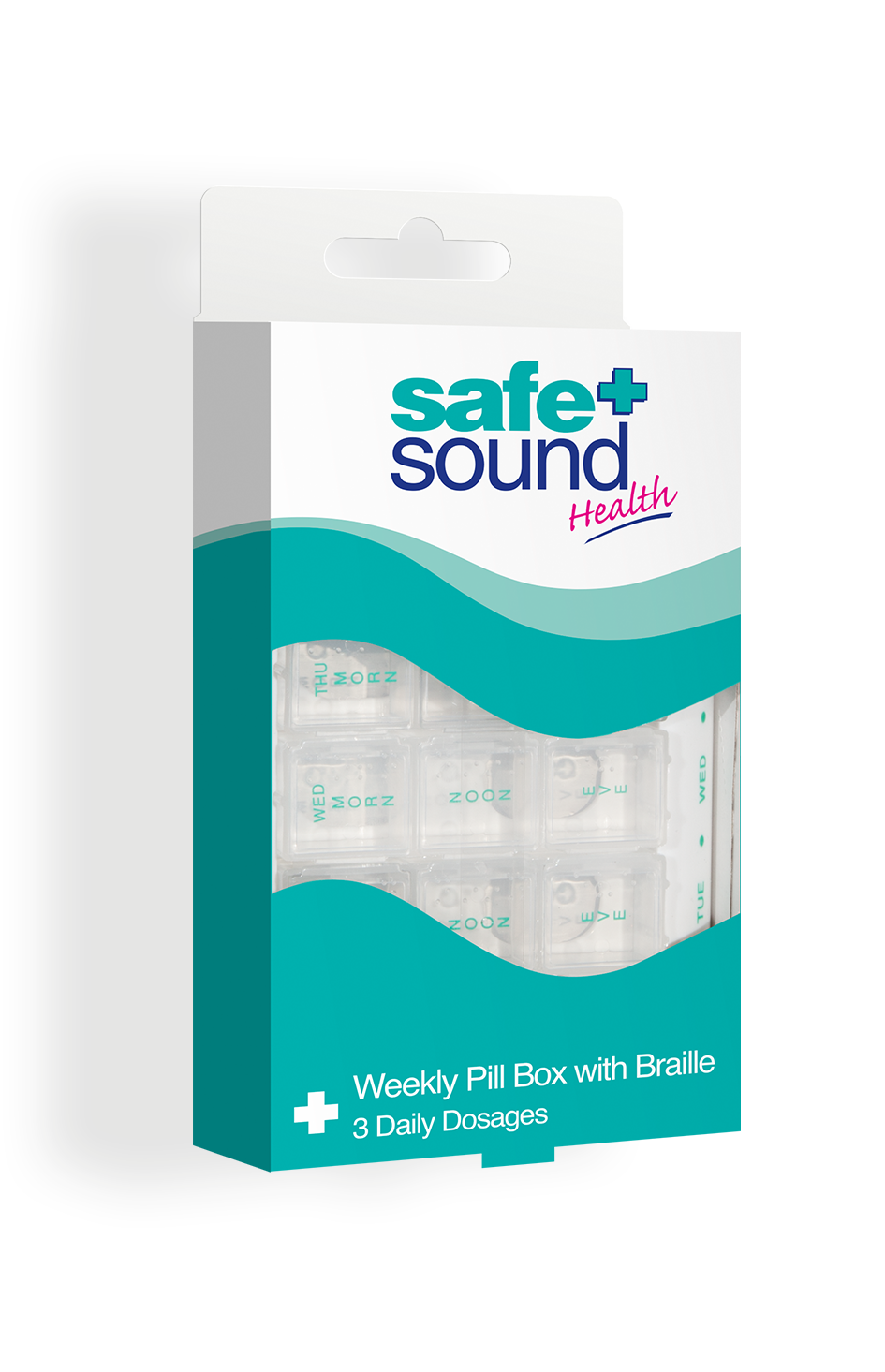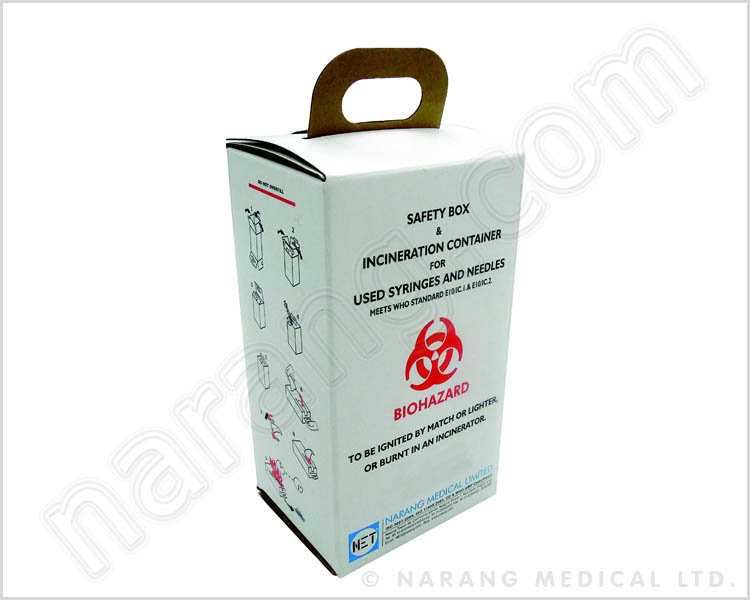- All
- Product Name
- Product Keyword
- Product Model
- Product Summary
- Product Description
- Multi Field Search
Views: 201 Author: XianDa Publish Time: 2024-12-05 Origin: Site

Content Menu
● How to Box a Medicine Cabinet
>> Understanding the Importance of a Medicine Cabinet
>> Step-by-Step Guide to Boxing a Medicine Cabinet
>>> 4. Adding Shelves (Optional)
>> The Role of Medicine Paper Box Factories
>> Additional Organizational Ideas
>> Conclusion
Creating a medicine cabinet can be a rewarding DIY project, allowing you to customize your storage space while ensuring that your medications and health supplies are organized and easily accessible. This guide will walk you through the steps of boxing a medicine cabinet, from selecting materials to installation. We will also touch on the importance of using quality packaging, such as those from a medicine paper box factory, to ensure your items are stored safely.


A medicine cabinet serves several vital functions in a household:
- Organization: It keeps medications and health supplies neatly arranged.
- Safety: A locked cabinet can prevent children from accessing potentially harmful substances.
- Accessibility: Having a dedicated space for health-related items makes it easier to find what you need quickly.
In addition to these primary functions, a well-organized medicine cabinet can also contribute to overall household safety. By ensuring that medications are stored properly, you reduce the risk of accidental ingestion or misuse. Furthermore, having a designated area for first aid supplies can be crucial during emergencies.
Before beginning your project, gather the following materials:
- Wood or MDF boards for the frame
- Wood screws or nails
- Hinges for the door
- Paint or varnish for finishing
- Locking mechanism (optional, for safety)
- Tools: Saw, drill, measuring tape, level, screwdriver
Additionally, consider purchasing storage containers or organizers to keep smaller items separated within the cabinet. These can include:
- Baskets: Great for grouping similar items together.
- Plastic bins: Ideal for keeping loose items contained and easily accessible.
- Labels: Use labels to identify contents quickly, making it easier to find what you need at a glance.
Before cutting any materials, sketch out your design. Consider the following:
- Dimensions: Measure the space where the cabinet will be installed.
- Style: Decide whether you want a recessed or surface-mounted cabinet.
A recessed cabinet is built into the wall and saves space, while a surface-mounted cabinet is attached directly to the wall and can provide additional storage options.
Using your measurements, cut the wood or MDF into the following pieces:
- Two side panels
- A top panel
- A bottom panel
- A back panel (optional for added stability)
- A door panel
Make sure all cuts are straight and accurate for a clean fit.
For those who may not have access to power tools, many local hardware stores offer cutting services. You can provide them with your measurements, and they will cut the wood for you.
Start by assembling the frame of the medicine cabinet:
- Attach the top and bottom panels to the side panels using screws or nails.
- If using a back panel, attach it now for additional support.
Use wood glue along with screws for extra strength.
Ensure that all corners are square by using a carpenter's square. This will help maintain alignment as you continue building.
If you want shelves inside your medicine cabinet:
- Mark where you want the shelves to be positioned.
- Drill holes for shelf pegs or use brackets to support them.
Adjustable shelves can be particularly useful as they allow you to customize the height based on your storage needs.
For the door:
- Cut it to size based on your frame.
- Sand down any rough edges and apply paint or varnish.
Attach hinges to one side of the door and prepare it for installation.
Consider adding a soft-close hinge mechanism if you want to prevent slamming and ensure quiet operation.
Now it's time to install your medicine cabinet:
1. Choose Location: Decide where you want to mount it (ideally near a sink but not in direct moisture).
2. Find Studs: Use a stud finder to locate wall studs for secure mounting.
3. Mark and Drill: Mark where you will drill holes for screws based on your cabinet's dimensions.
4. Mounting: Securely attach the cabinet to the wall using screws into the studs.
5. Attach Door: Finally, attach the door using hinges, ensuring it opens smoothly.
If you're installing a recessed cabinet, make sure that there are no electrical wires or plumbing in the wall cavity before cutting out space for installation.
After installation, consider adding some finishing touches:
- Paint or stain to match your decor.
- A lock if children are present in your home.
- Decorative knobs or handles for ease of use.
You might also want to add interior lighting if your cabinet is deep or located in a dim area. LED strip lights can be an excellent option for illuminating contents without taking up much space.
To keep your medicine cabinet functional:
- Regularly check expiration dates on medications.
- Clean out old or unused items periodically.
- Ensure that all items are stored securely and safely.
Consider creating an inventory list of what's inside your medicine cabinet. This list can help remind you when it's time to restock essential items or dispose of expired medications safely.
When boxing medications or health supplies within your medicine cabinet, consider utilizing products from a medicine paper box factory. These manufacturers specialize in creating sturdy and reliable packaging that ensures safety and compliance with health regulations. Using high-quality boxes can prevent damage and contamination of sensitive items while providing an organized system within your cabinet.
Moreover, many medicine paper box factories offer custom designs that can cater specifically to various types of medications or health products. This customization allows you to create an efficient storage system tailored precisely to your needs.
To enhance organization within your medicine cabinet further:
- Use tiered organizers for small bottles or tubes; this allows easy visibility of all items without having to dig through them.
- Incorporate drawer dividers if you're using bins; this helps separate items like ointments from tablets effectively.
- Consider magnetic strips inside your cabinet door for holding small metal containers like scissors or tweezers.
Safety should always be a priority when dealing with medications:
- Store all medications out of reach of children unless they are child-proofed.
- Keep hazardous materials separate from regular medications (e.g., cleaning supplies).
Additionally, make sure that any over-the-counter medications are clearly labeled with usage instructions and warnings when applicable.
Boxing a medicine cabinet is not only about functionality but also about creating an organized space that promotes safety and accessibility. By following these steps and considering quality packaging solutions from a medicine paper box factory, you can enhance both the aesthetic and practical aspects of your home's healthcare management system.
With careful planning and execution, your DIY medicine cabinet will serve as an essential resource in maintaining health and wellness in your home for years to come.
---